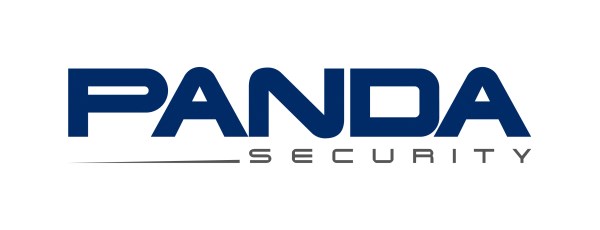The overall global Internet threat level grew by 6.9 percentage points – in 2013, 41.6% of user computers were attacked at least once. In order to conduct all these attacks over the Internet in 2013, cyber criminals used 10,604,273 unique hosts, which is 60.5% more than in 2012. The USA and Russia are the leading hosts of malicious web resources – 45% of web attacks neutralized by Kaspersky Lab products were launched from these countries.
2013 also saw a further increase in the security issues around mobiles, with a new level of maturity in terms of the sophistication and number of these threats. Most malicious mobile apps principally aimed to steal money, and subsequently personal data. Android is still the main target, attracting a whopping 98.05% of known malware.
Day by day
- Kaspersky Lab is detecting 315,000 new malicious files every day. Last year’s number was 200,000
- Kaspersky Lab’s products repelled an average of 4,659,920 attacks on users every day when they were online.
Twice as dangerous
- The number of browser-based attacks over the last two years has almost doubled to 1,700,870,654
- Kaspersky Lab detected 104,427 new modifications of malicious programs for mobile devices, which is 125% more than in 2012
- In October 2013 alone we saw 19,966 mobile malware new modifications. That’s 50% of the total that Kaspersky Lab found in the whole of 2012, uncovered in a single month.
Who’s at the highest risk?
Based on 2013’s figures, 15 countries can be assigned to a high risk group based on their risk level while surfing the Internet. Russia, Austria, Germany, several former Soviet republics and several Asian countries had 41-60% of Kaspersky Lab users reporting attempted web attacks on their computers.
Most popular vulnerable applications exploited by cybercriminals
90.52% of all detected attempts to exploit vulnerabilities targeted Oracle Java. These vulnerabilities are exploited in drive-by attacks conducted via the Internet, and new Java exploits are now present in lots of exploit packs.
Top malicious programs on the Internet
Seven of the Top 20 malicious programs on the Internet were threats that are blocked during attempted drive-by attacks. This is currently the most common attack method for web-based malware. The verdicts in Kaspersky Lab’s ranking are assigned to scripts that redirect to exploits as well as to the exploits themselves.
Mobile threats
“There is unlikely to be any slow-down in development of malicious apps, especially for Android. To date, the majority of malware has been designed to get access to the device. In the future, there is also a high probability that the first mass worm for Android will appear. Android ticks all the boxes for cybercriminals – it’s a widely-used OS that is easy to use for both app developers and malware authors alike”, Christian Funk, Senior Virus Analyst, Kaspersky Lab, commented.
Villain of the year
Obad, probably the most remarkable discovery in the mobile field in 2013, is being distributed by multiple methods, including pre-established mobile botnets. This malware is probably the most versatile piece of mobile malware found to date, including a staggering total of three exploits, a backdoor, SMS Trojan and bot capabilities and further functionalities. It’s a kind of Swiss Army knife, comprising a whole range of different tools.
Local threats
Kaspersky Lab products detected almost 3 billion malware attacks on user computers. A total of 1.8 million malicious and potentially unwanted programs were detected in these attacks.
The full report is available on securelist.com
The statistics are based on data obtained and processed using Kaspersky Security Network (KSN).











